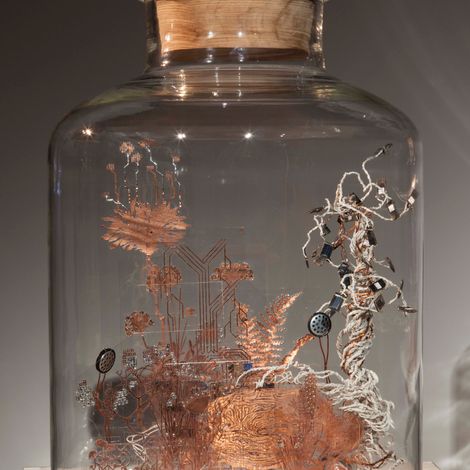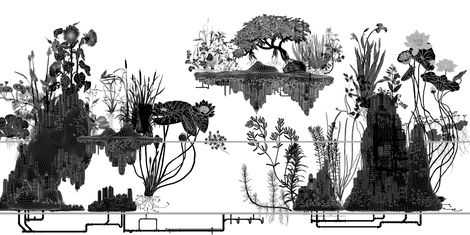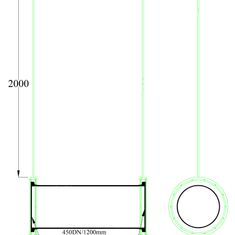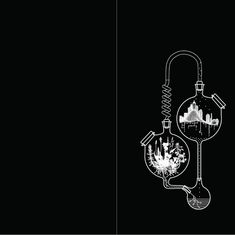Sounding the Invisible: An Elegant Symbiosis




How can different display and interactive strategies be used to stimulate people’s involvement with issues of environmental health and scientific data, focusing on water’ related issues?
This art installation is based on archiving and collating information on forty Phytoremediation plants and sonifies the varied pollutants absorbed by these plants in water bodies. Phytoremediation uses plants to clean up contaminated soil, air, and water assimilated with hazardous contaminants. It is a cost-effective plant-based approach of remediation, in which the chosen plants can specifically grow in the tropical and temperate zones where most low-income economies are found. These plants were chosen in the hope that future ecologies can use this assimilated research to adopt these plants in their local spaces and discharge clean water before it re-enters the water system.
Forty pollutants varying from agriculture, sewage, radioactive and heavy-metal waste, represent forty plants in the biosphere. The enthalpy of each pollutant’s chemical bond has been calculated and converted into an audible frequency range. Enthalpy of atomization is the amount of energy change when a compound's bonds are broken or created. The viewer can pick up the pollutants in a barcoded test-tube to play the sound frequency associated with the contaminants in water and to display the information on each plant/pollutant.
The book, which comes alongside, contains information about the pollutant regarding what the sources are and how it affects humans. It also contains information about the plant and its varied phytoremediation capabilities, medicinal, food and additional uses, that could help us incorporate these plants back into our life. As many of the metals that can be hyper-accumulated are also essential nutrients, it is easy to see that food fortification and phytoremediation are two sides of the same coin and therefore one can create a new and potentially high-impact closed sustainable cycle.